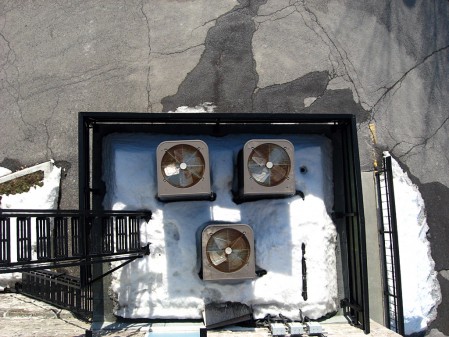While they are generally an urban and environmentally aware bunch, it still seems notable that most of my friends who grew up in cities never chose to get driving licenses. With the notable exception of friends who live in rural areas or distant suburbs, driving seems to have become something that relatively few people find worthwhile. An article from The New York Times suggests that they are less unusual than one might think:
In the last decade, the proportion of 16-year-olds nationwide who hold driver’s licenses has dropped from nearly half to less than one-third, according to statistics from the Federal Highway Administration.
While it would be better to have data extending up into people in their mid-20s, it does seem safe to guess that numbers there are also falling. I have personally never had a license that permitted me to drive a car alone. Even my learner’s license has been expired since December 2003.
There are a number of causes I would attribute to the trend, at least among those I know:
- Graduated licensing schemes make it more and more annoying to get a license. In British Columbia, it now takes more than a year before you can get a license that is useful for anything other than practicing with a fully-licensed adult driver.
- Partly due to longer licensing processes, a good number of people now head off to university before they can get through to a license they can use alone. By the time they are at school, they have more pressing uses for their time and reduced access to adults willing to serve as observers.
- Cars, gas, and insurance are expensive. Also, people are choosing to spend longer in school and spend more in total on tuition. Twenty or thirty years ago, a fair number of 25 year-olds had probably been on the job and debt free for a while. Among my friends, there is a good chance they will be in grad school and still collecting student debt.
- People are more mobile. They don’t stay in one place long enough for it to be worth getting a car or license.
- People are more environmentally aware. Whereas once cars were symbols of wealth and freedom, they are increasingly symbols of greed and an anti-social willingness to harm those around you.
What other reasons would people give for the trend away from driving? Personally, I think the trend is a positive one – comparable to the increasing rareness and social unacceptability of smoking.




